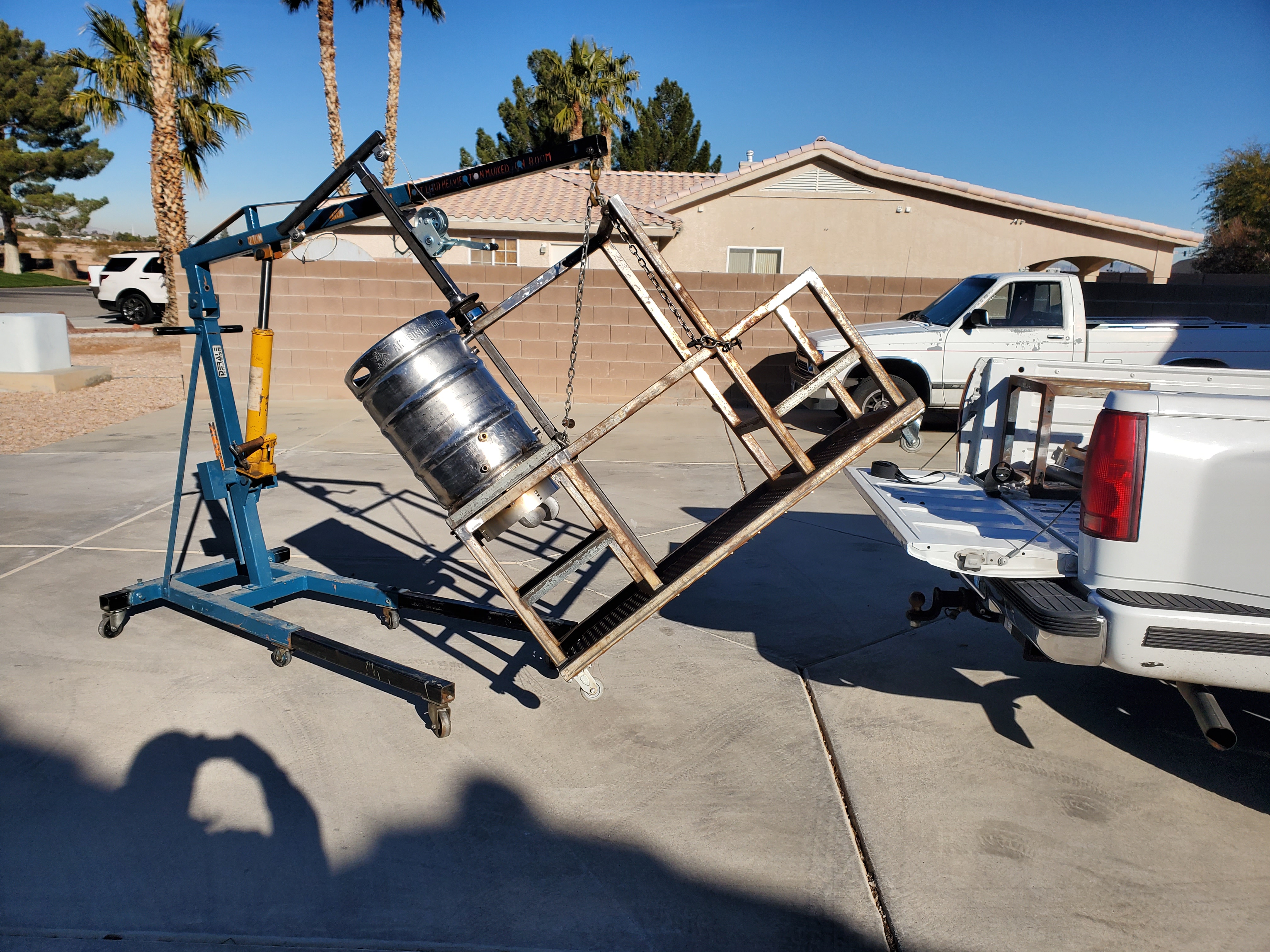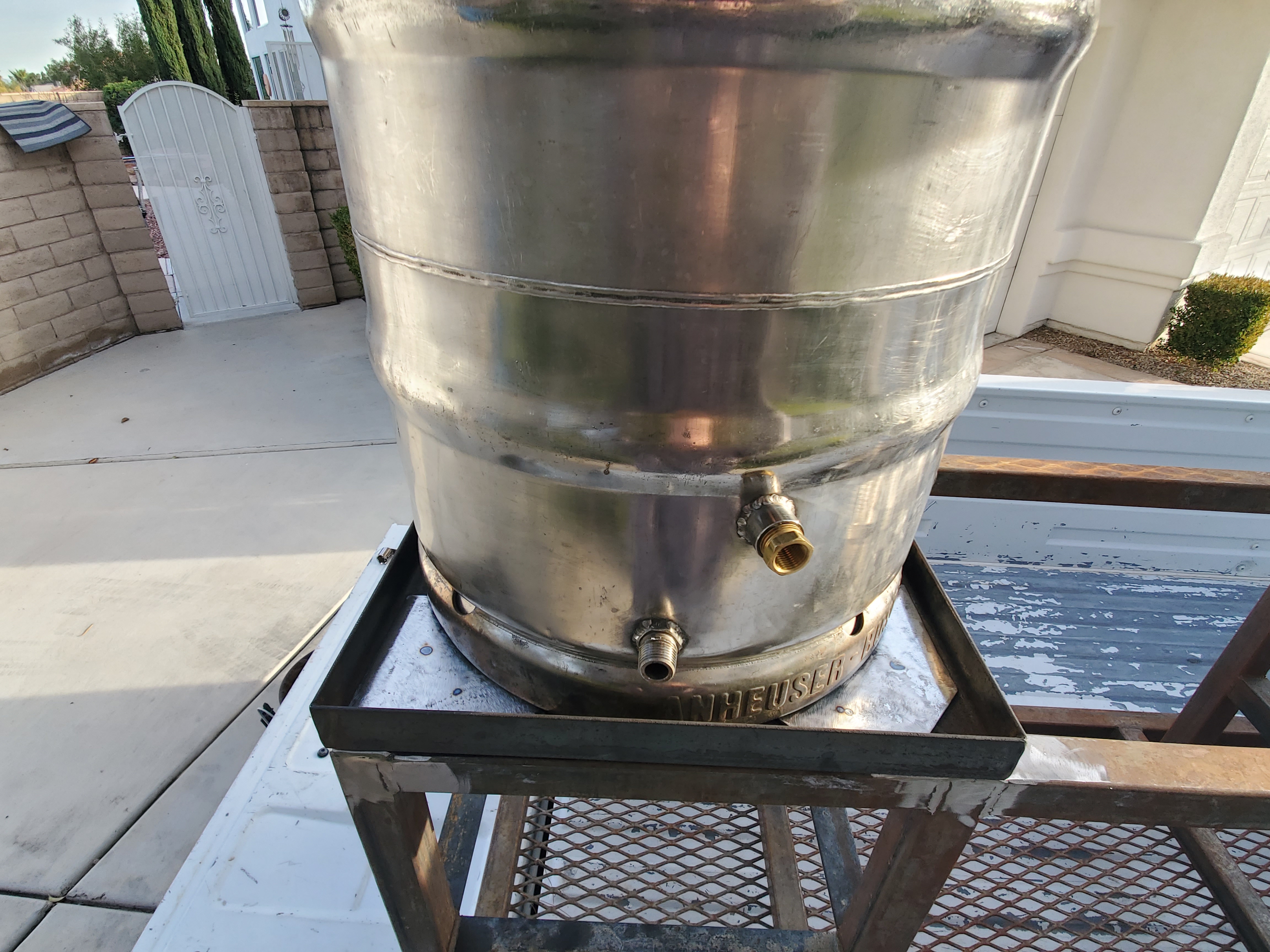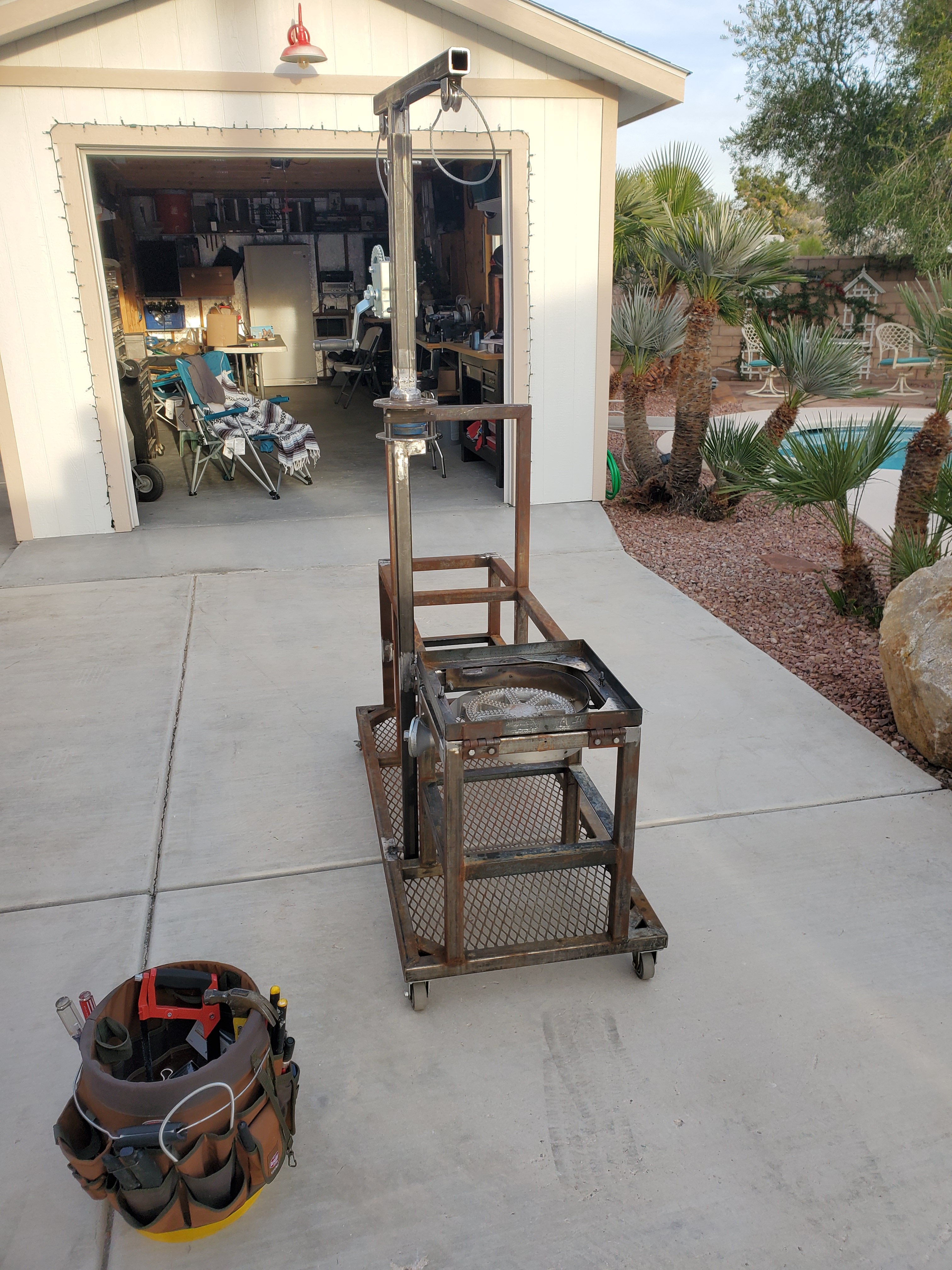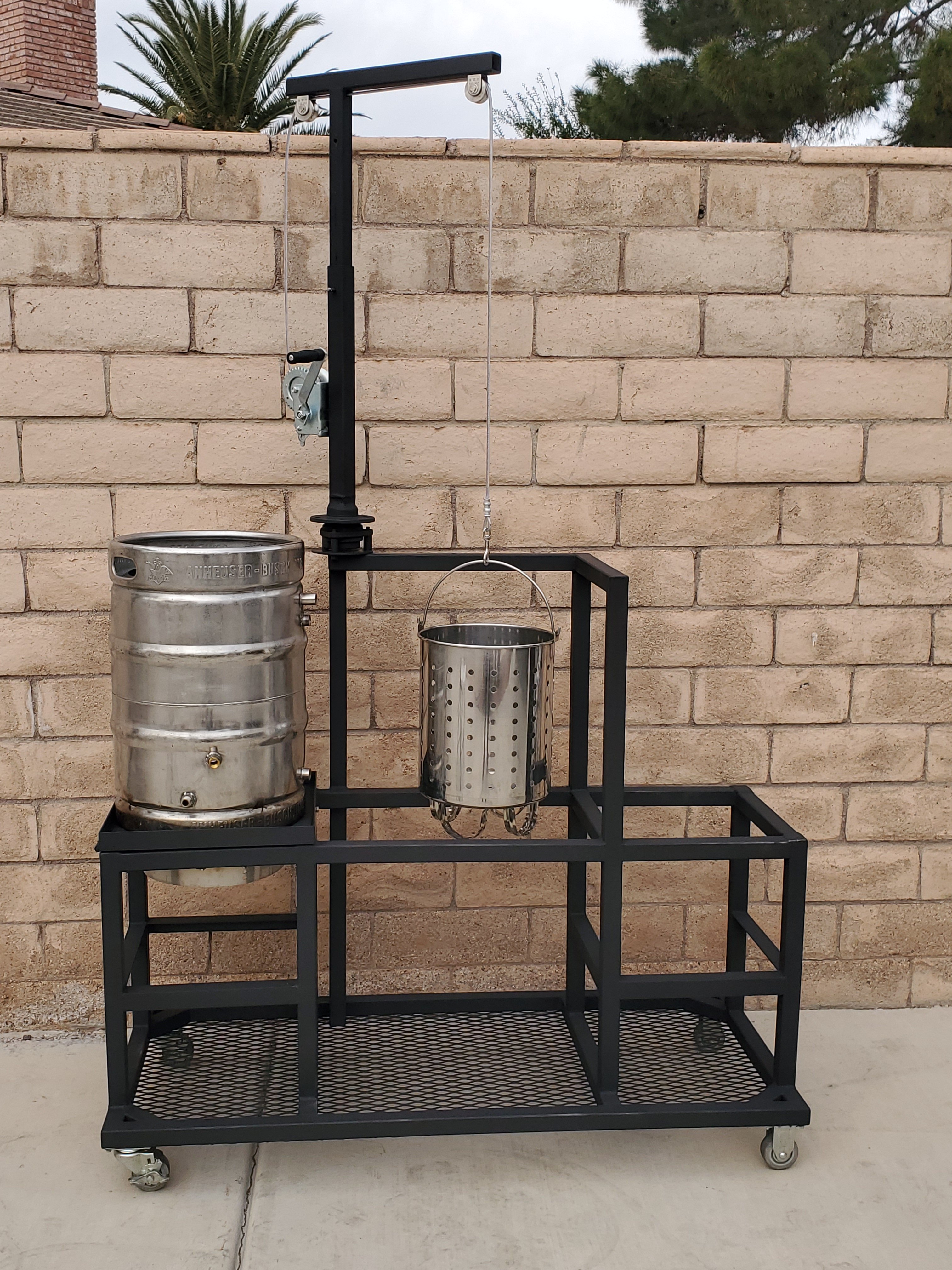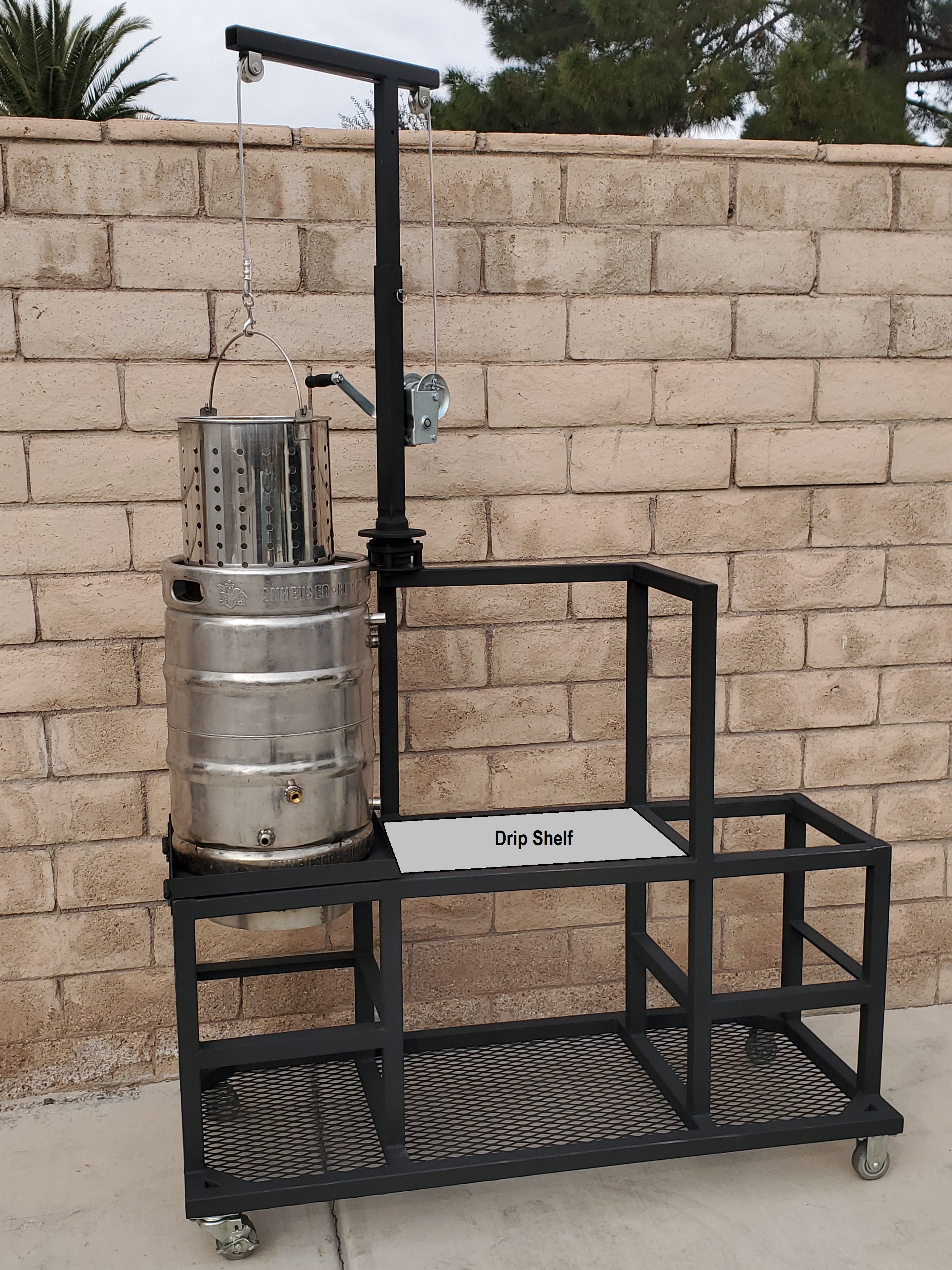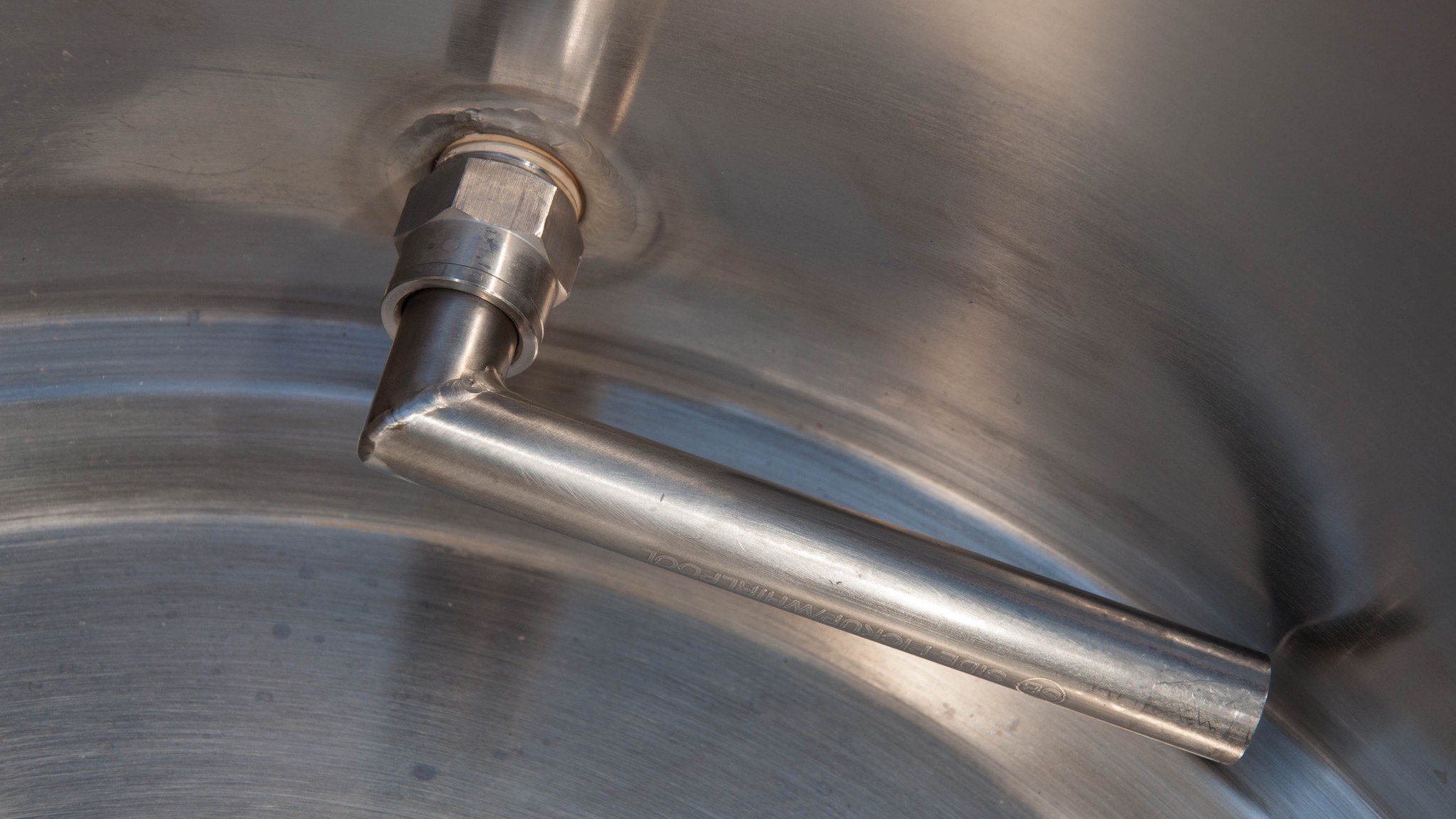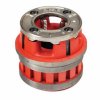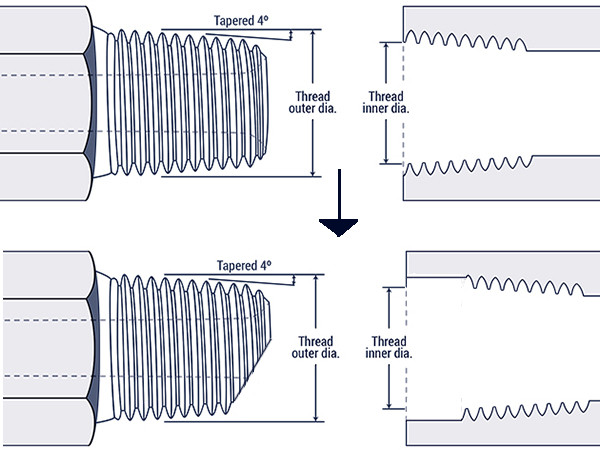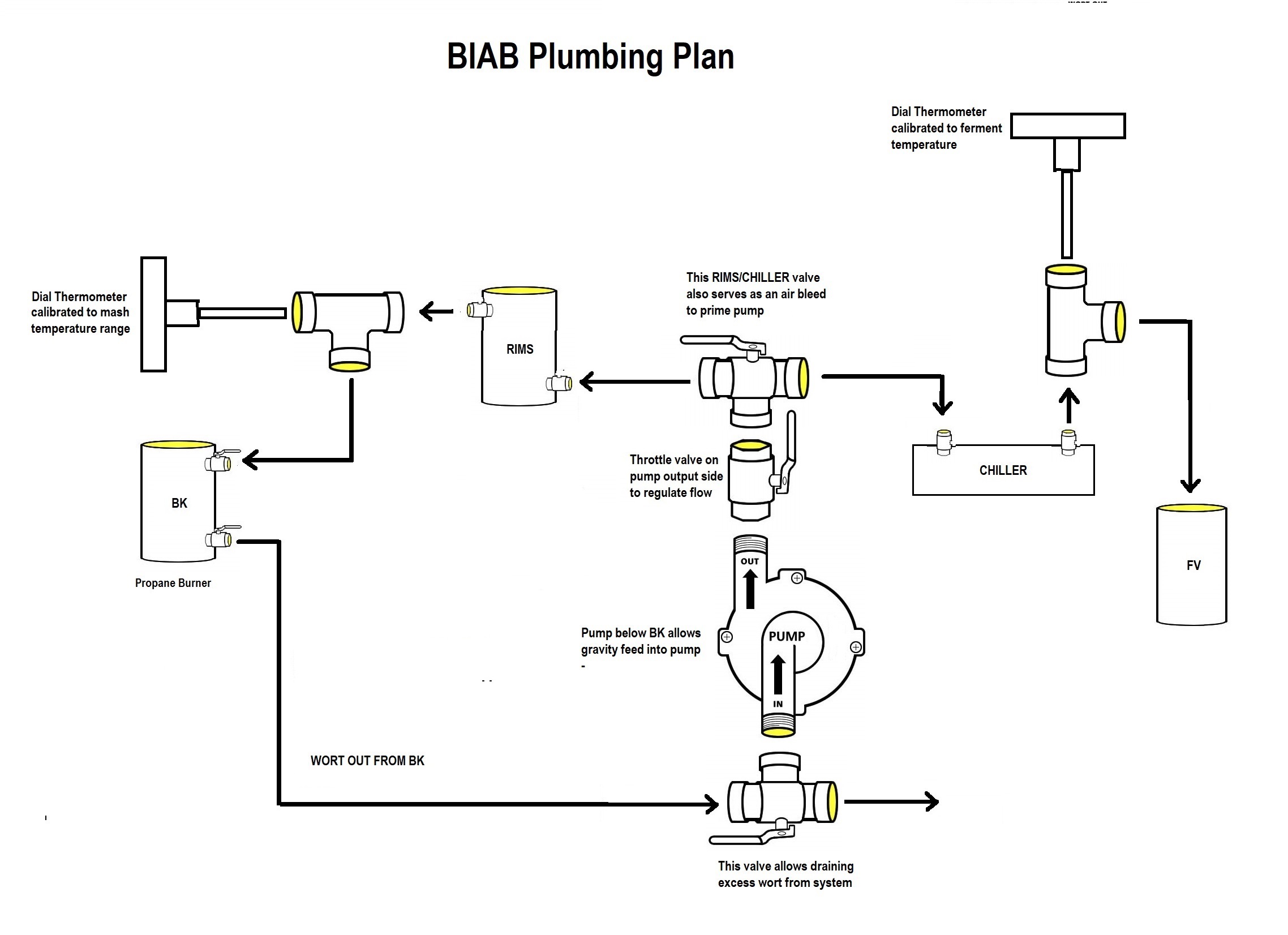Here you go, three by three way L ports. On the diagram In is the common port on the three way, with A and B being the selectable ports. So valve position 1 connects In to A and position 2 connects In to B. In is inverted on V2 as the output.
V1 is the mash/drain selector.
V2 is the pump intake selector.
V3 is the pump output selector.
If I've got my logic right, with all valves in the A position, the flow should be from the top port, now fitted with the dip tube, through V1 and V2 into the pump and then out to the chiller via V3. With all valves in the B position, the flow will be from the bottom port, through V2 into the pump and out via V3 into the RIMS and then through V1 back into the BK via the infusion tube.
You can vent air to prime either via the A position on V3 if the chiller isn't connected, or via the B position on V1 and V3 back through the top port.
View attachment 659258







![Craft A Brew - Safale BE-256 Yeast - Fermentis - Belgian Ale Dry Yeast - For Belgian & Strong Ales - Ingredients for Home Brewing - Beer Making Supplies - [3 Pack]](https://m.media-amazon.com/images/I/51bcKEwQmWL._SL500_.jpg)




















































